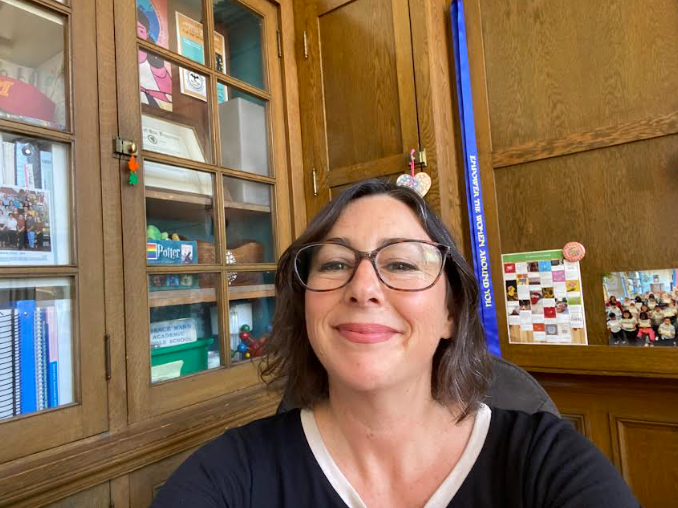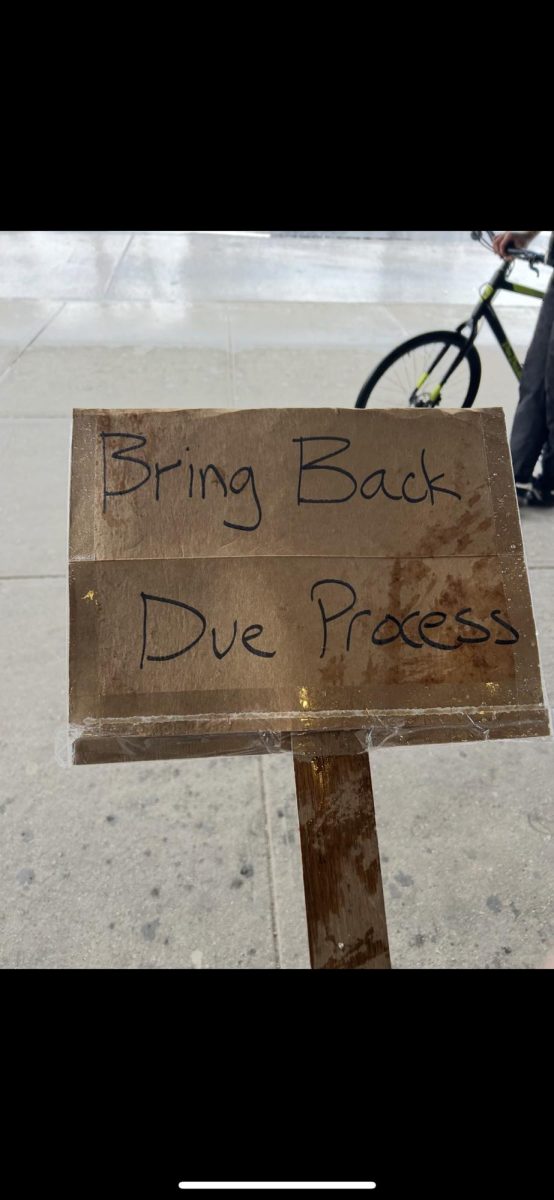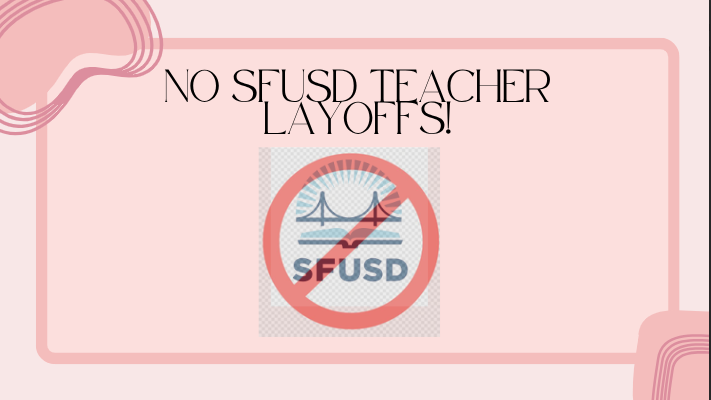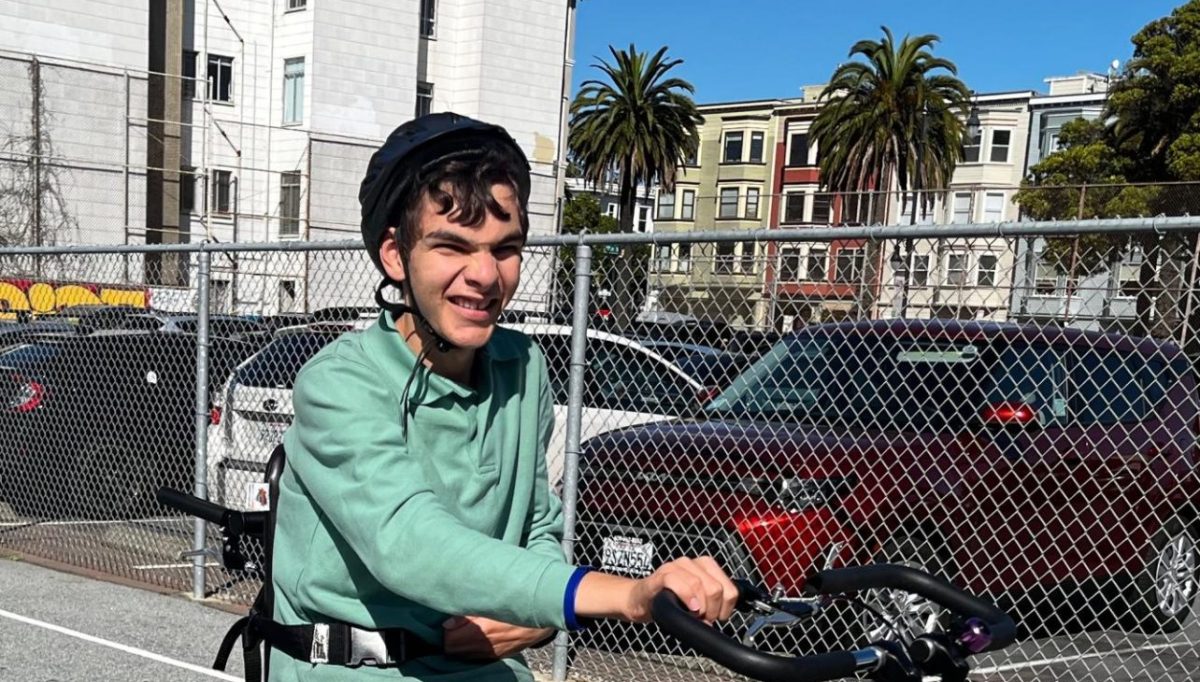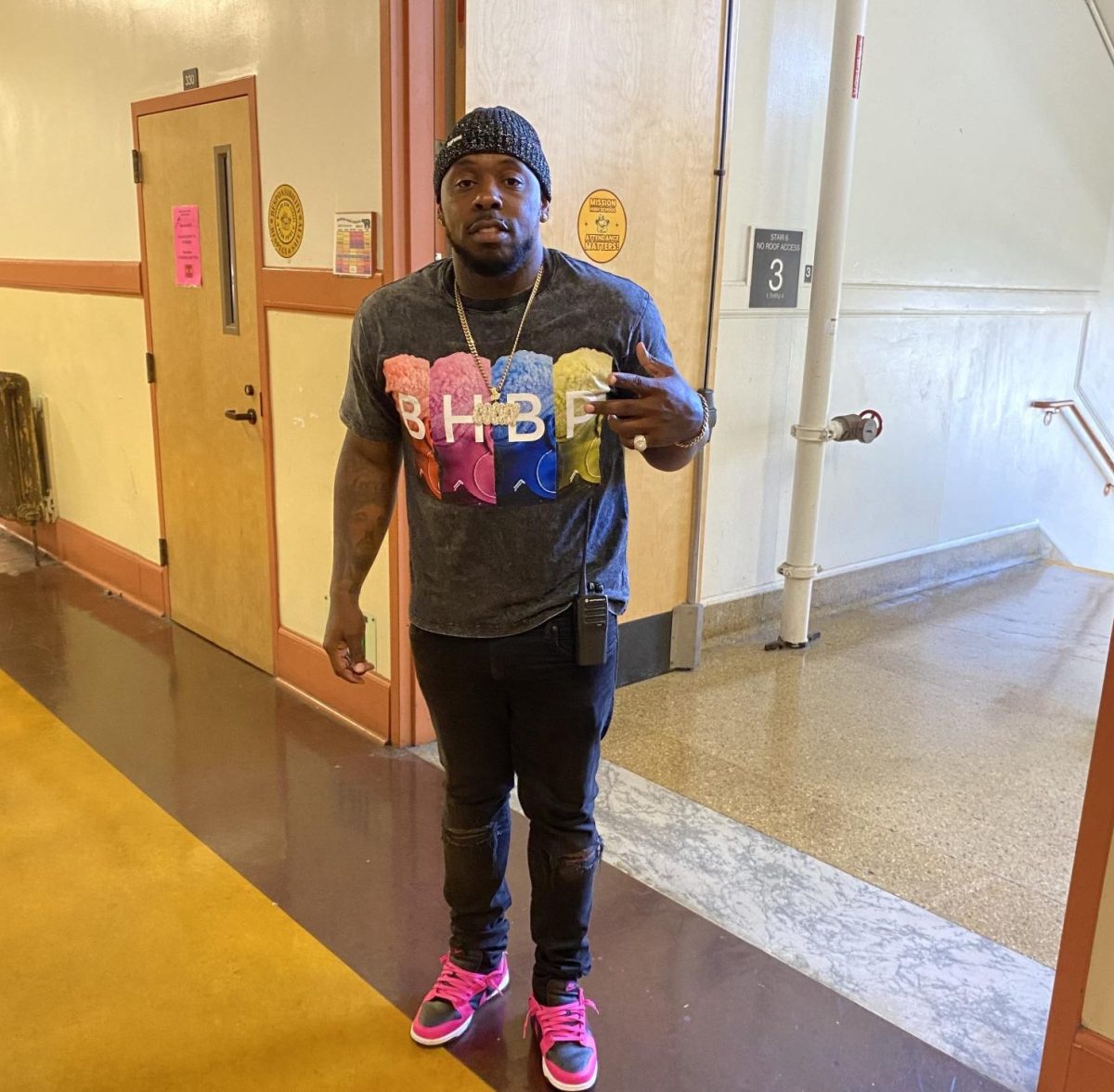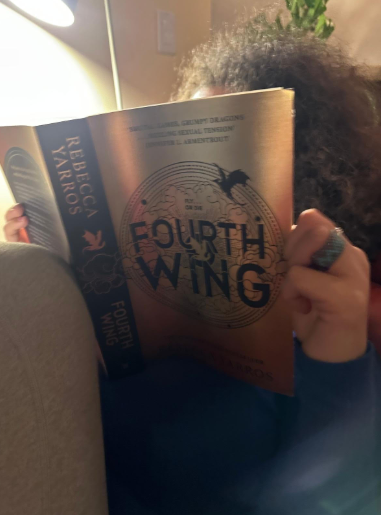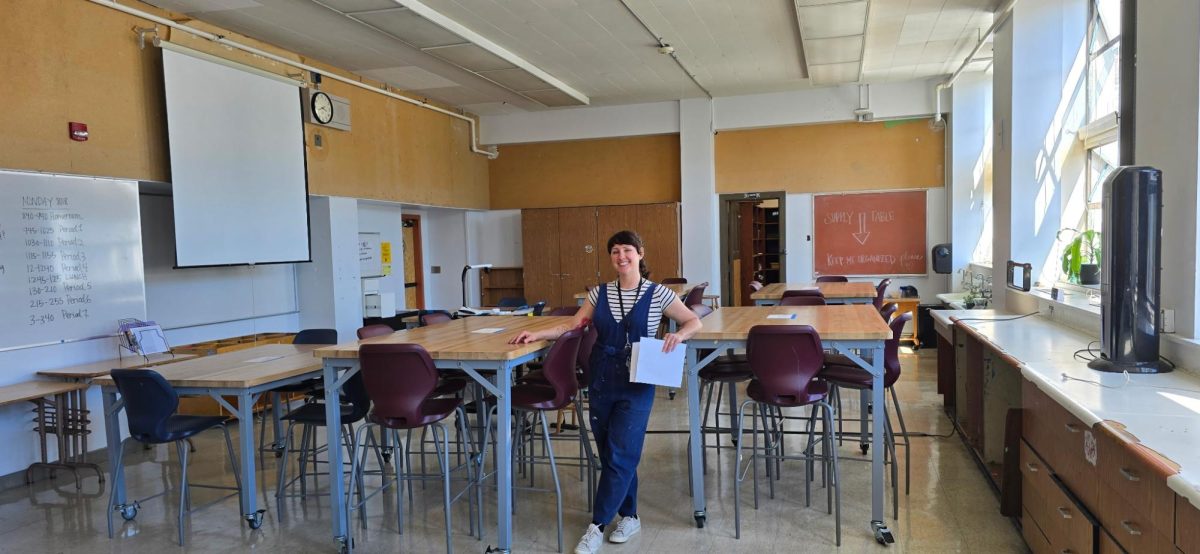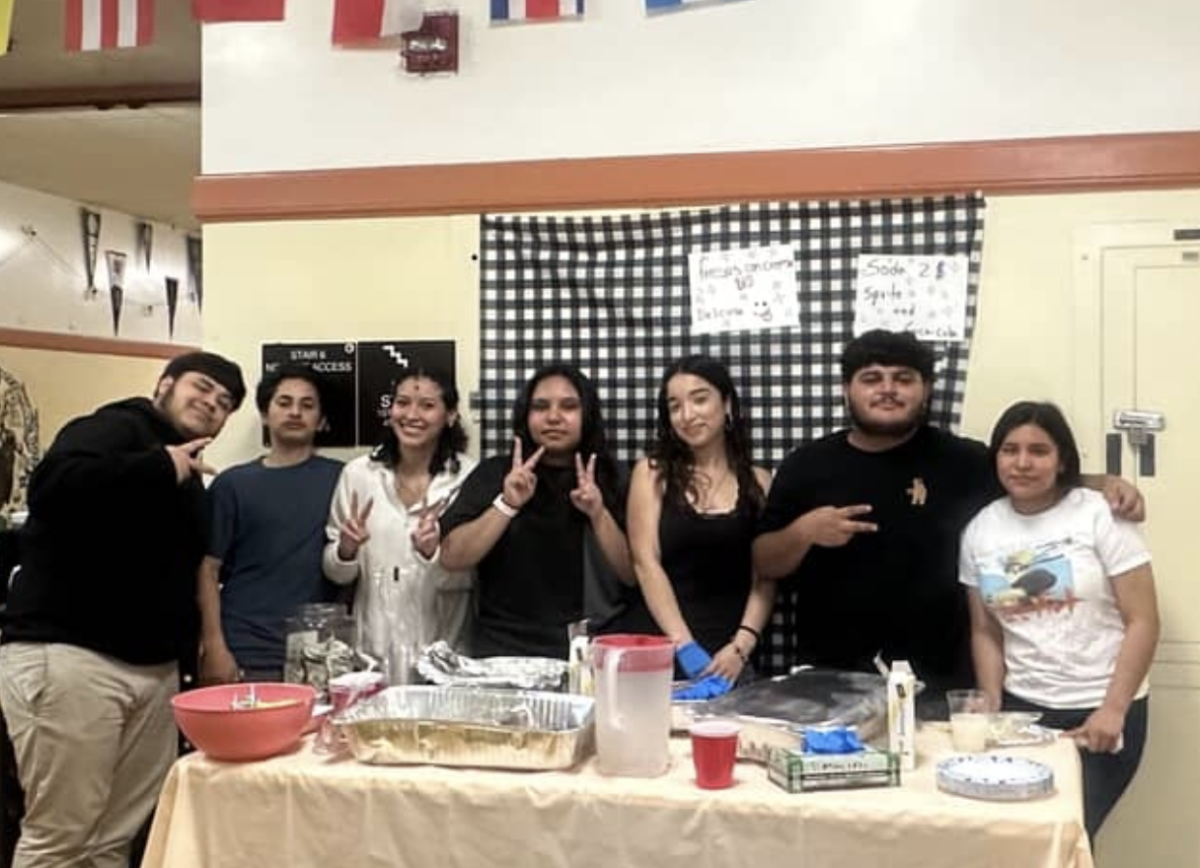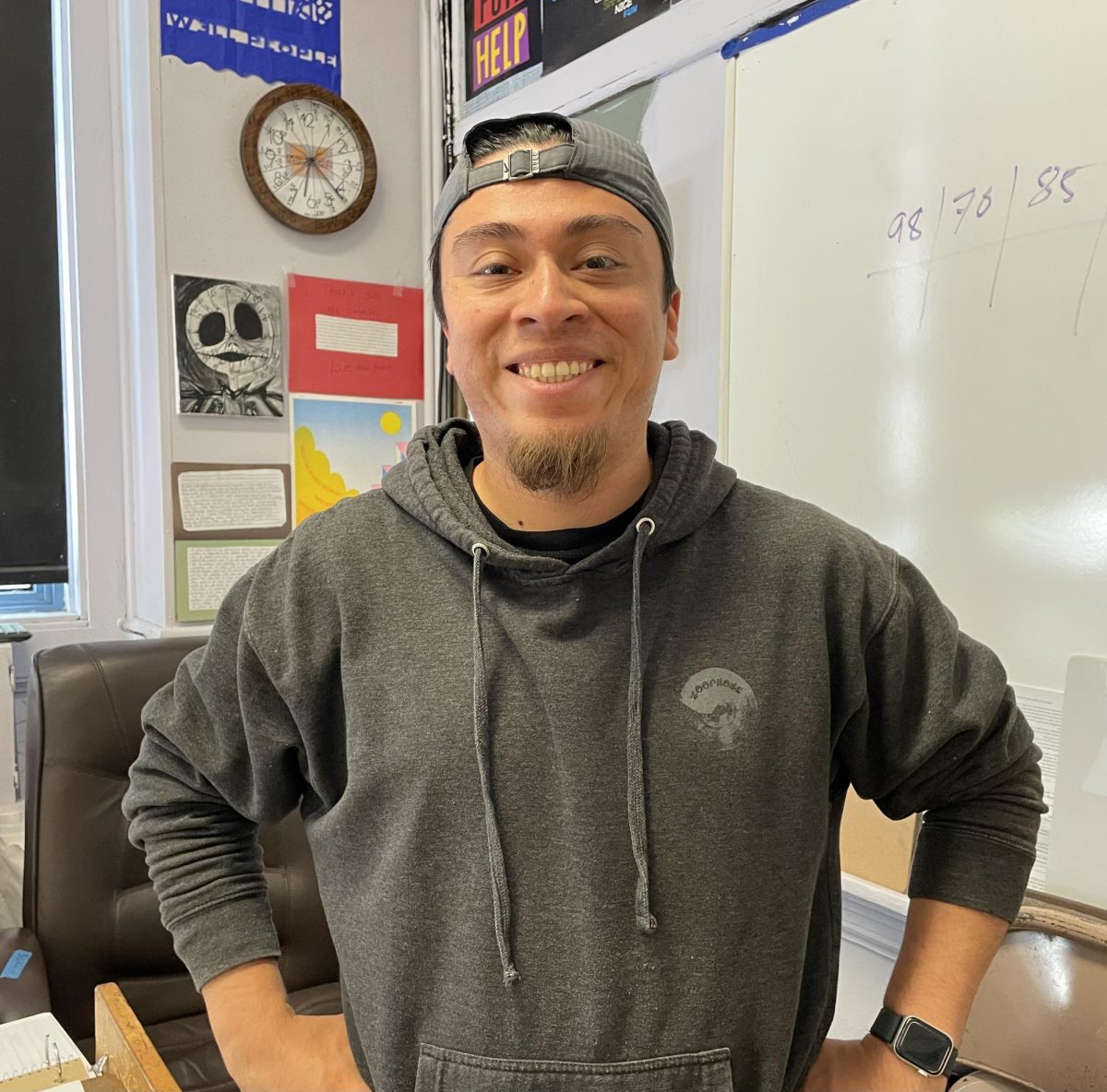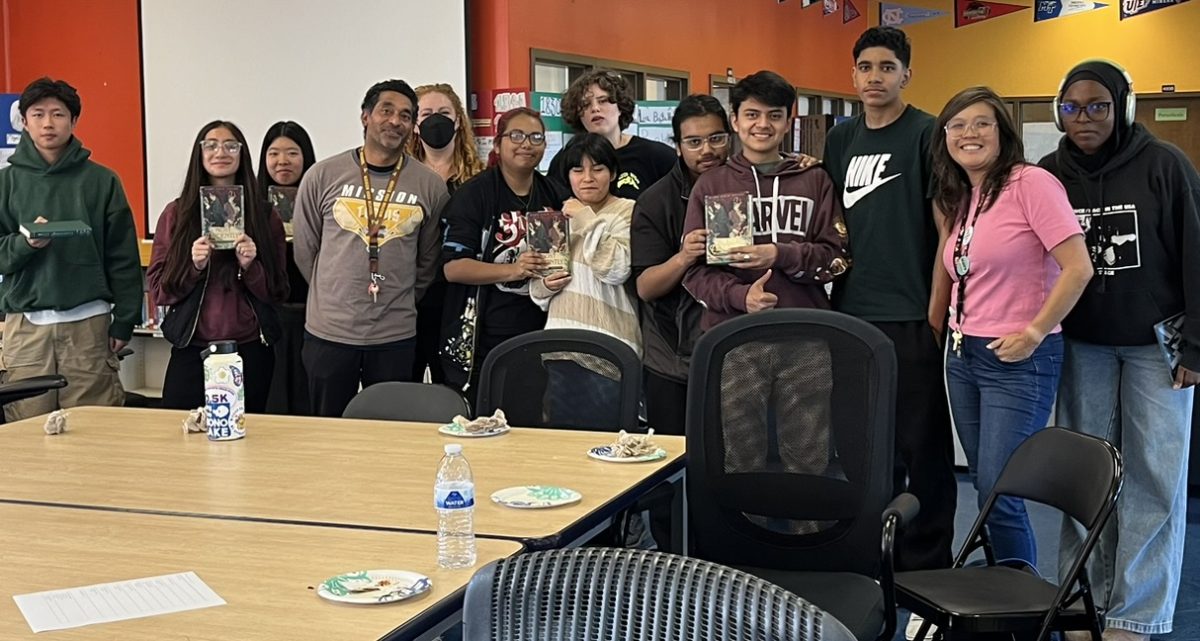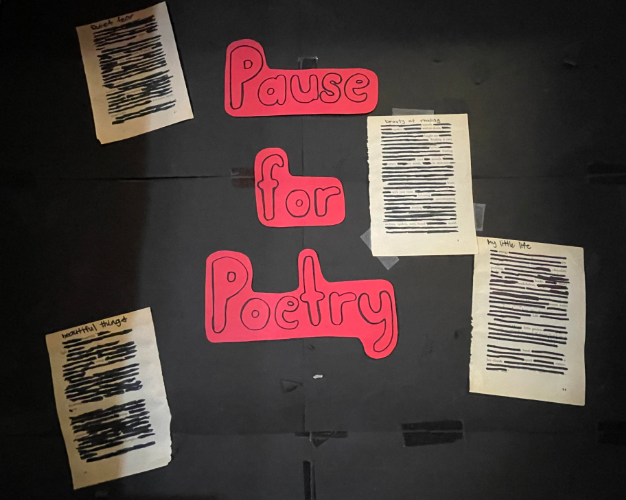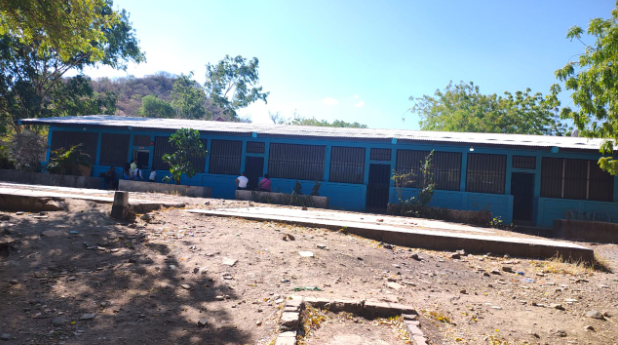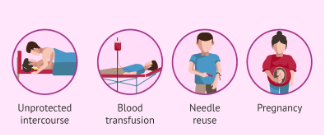Substance abuse among teens is a pressing issue that affects both teens and the people in their lives. The problem I’m trying to tackle is the lack of awareness of how many teens are abusing substances. Problems like misuse of prescription drugs, peer pressure, and easy access to substances contribute more to this problem.
In San Francisco, teens simply have easy access to drugs and alcohol, specifically in areas that are affected by homelessness and substance use. Schools report rising cases of vaping, marijuana, and other drug usage. According to the National Institutes of Health, over the “past year, vaping, marijuana, which has more than doubled in the past two years, was reported at 20.8% among 12th graders, with 10th graders not far behind at 19.4% and eighth graders at 7.0%,”.
This issue became more personal when a friend of mine who I used to skate with started using drugs. At first, it didn’t seem as harmful, but as time went on, I saw him less. When my friend used opioids, it changed his appearance and the way he acted; he was more sluggish and looked dead. The talent I had seen before seemed gone, and the behavioral changes were odd. Although it did hurt to see him falling into depression and having anxiety when sober, I was still there for him.
This shows how easily teens could fall into addiction and how hard it is to escape without any help. These experiences made me want to work toward prevention and recovery efforts in San Francisco, where the problem is a big issue.
Teen substance abuse is a growing problem in the city of San Francisco. Specifically, neighborhoods such as the Tenderloin, Bayview Hunters Point, and the Mission, where drugs are more accessible. Students who live in these areas or go to school are more likely to encounter substances like marijuana, vapes, and alcohol. Also, students will encounter these by getting peer pressured by others at school to use them.
Students are putting more risk on their education and health while using these substances, lack of sleep, less efficiency at tasks, and memory loss. According to SAMHSA, “Youth exposed to an environment where drugs are readily available are more likely to experiment with substances, which can lead to addiction and negatively impact their education and future goals”.
I’ve seen how addiction can change a person’s goals and personality; over time, my friend became unrecognizable after being on substances. It matters to me because I’ve witnessed it firsthand and the lasting impact it can have on someone’s life.
To fix these issues I would fund youth/teen programs that offer substance abuse education, and mental health services and have after-school activities so they could stay out of the way as long as possible from these environments that are affected by substance abuse. Additionally, providing rehab for teens that need it, that won’t tell their guardians.
The Centers for Disease Control and Prevention states that “school connectedness is one of the strongest protective factors for both substance use and mental health issues.” So, after-school programs like the Boys & Girls Club would help teens develop skills and stay away from areas that can cause harm to them. I would help provide school campaigns like “Above the Influence” all over the city to educate teens and their peers about the understanding of substance abuse and the risk and harm it could cause.
My call to action is for the community to prioritize the growth of substance abuse prevention programs for teens. This includes spreading awareness about the danger of using substances. Providing education on the risks and effects and creating an environment where teens could feel safe to avoid falling into these harmful behaviors.
To tackle teen substance abuse, I would focus on the education of substance abuse and providing mental health resources. In addition accessibility to rehab programs where they don’t tell your guardian if you choose to, for those who need rehab. Right now, someone can start spreading awareness and having conversations with teens about the danger of substance abuse.
Works Cited
SAMHSA – Substance Abuse and Mental Health Services Administration, https://www.samhsa.gov/. Accessed 6 December 2024.
“High Risk Substance Use in Youth | Adolescent and School Health.” CDC, https://www.cdc.gov/healthyyouth/substance-use/. Accessed 6 December 2024.
“NIH: Vaping of marijuana on the rise among teens.”
